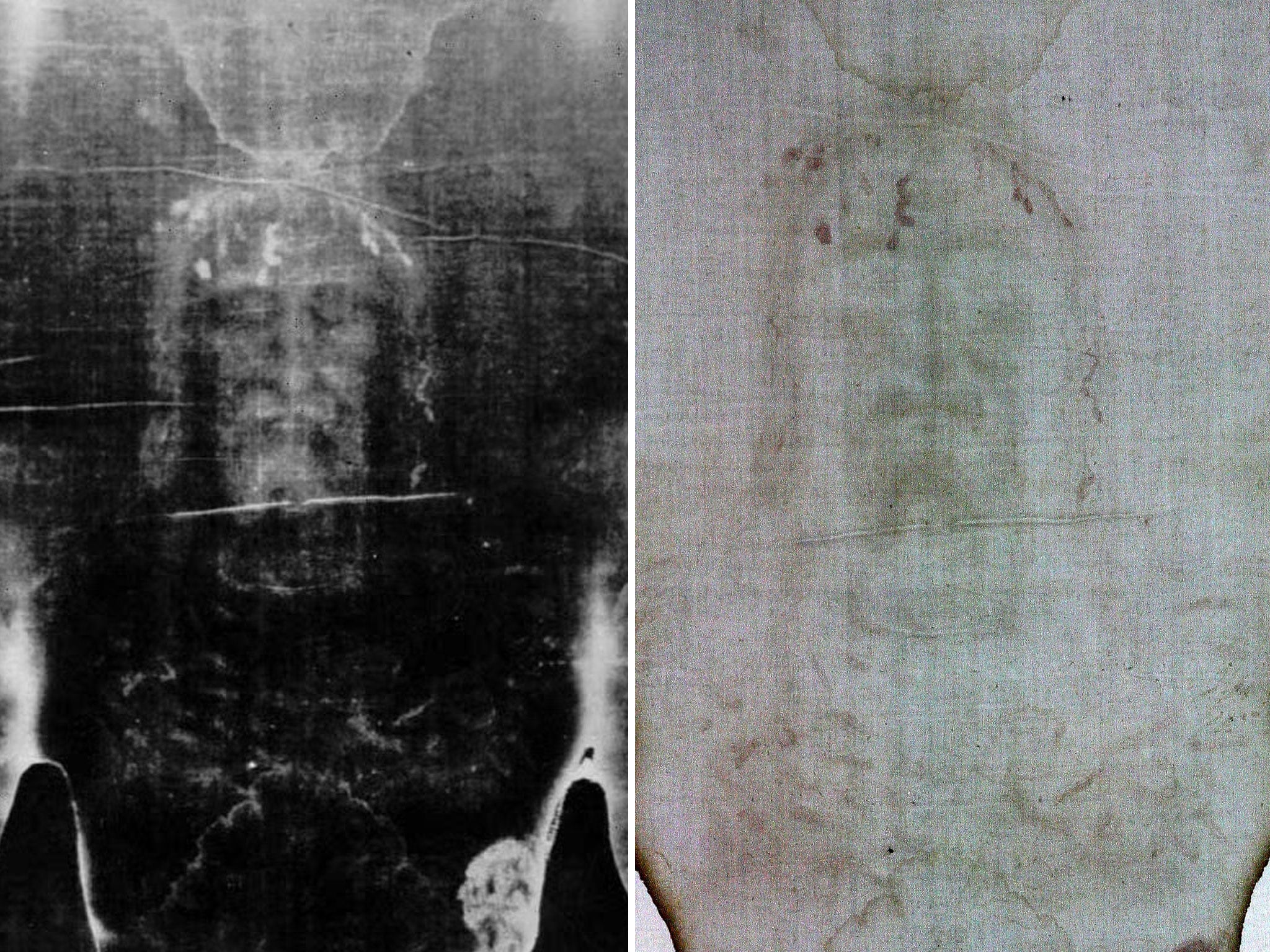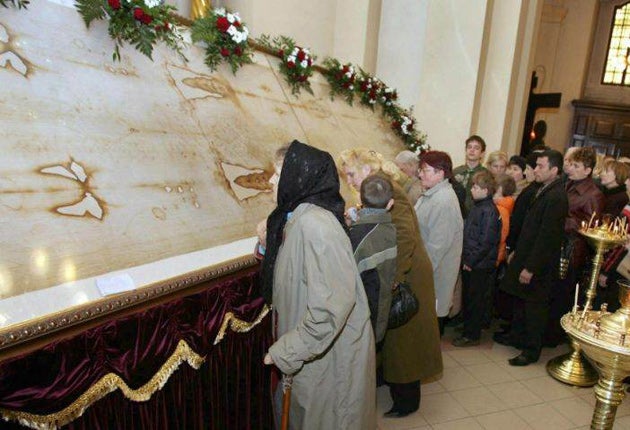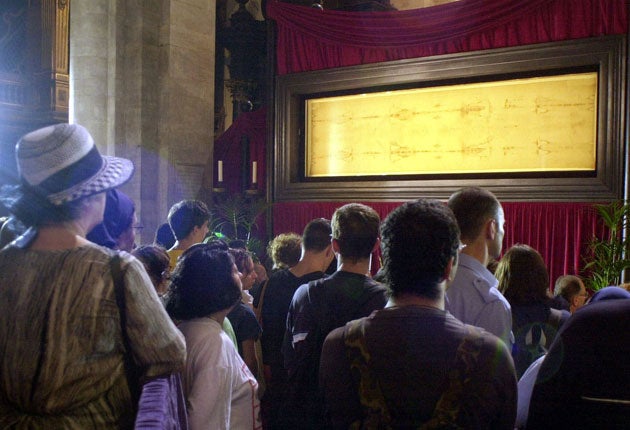Turin Shroud: Could earthquake dating back to time of Jesus solve the mystery?
Many Catholics believe the image on the shroud, purported to be the burial cloth of Jesus Christ, is a miraculous depiction of Christ

Your support helps us to tell the story
From reproductive rights to climate change to Big Tech, The Independent is on the ground when the story is developing. Whether it's investigating the financials of Elon Musk's pro-Trump PAC or producing our latest documentary, 'The A Word', which shines a light on the American women fighting for reproductive rights, we know how important it is to parse out the facts from the messaging.
At such a critical moment in US history, we need reporters on the ground. Your donation allows us to keep sending journalists to speak to both sides of the story.
The Independent is trusted by Americans across the entire political spectrum. And unlike many other quality news outlets, we choose not to lock Americans out of our reporting and analysis with paywalls. We believe quality journalism should be available to everyone, paid for by those who can afford it.
Your support makes all the difference.Scientists believe radiation released by an earthquake may be behind the mysterious Shroud of Turin, Christianity's most famous relic.
Many Catholics believe the image on the shroud, purported to be the burial cloth of Jesus Christ, is a miraculous depiction of Christ.
The 14-foot long herringbone woven cloth appears to show the faint imprint of a man bearing wounds consistent with crucifixion.
But a team in Italy are now claiming the powerful magnitude 8.2 earthquake, which occurred in Old Jerusalem in the year 33 AD, the same year Christians believe Jesus was crucified, would have been strong enough to release neutron particles from crushed rock.
The flood of neutrons may have imprinted an X-ray-like image onto the linen burial cloth by reacting with nitrogen nuclei, the researchers said.
In addition, the radiation emissions would have increased the level of carbon-14 isotopes - atomic strains of carbon - in the Shroud.

According to the scientists, led by Professor Alberto Carpinteri from the Politecnico di Torino, this could have confused radiocarbon dating tests conducted by Oxford University in 1988 which suggested the cloth was only 728 years old, and therefore likely to be a forgery.
"We believe it is possible that neutron emissions by earthquakes could have induced the image formation on the Shroud's linen fibres, through thermal neutron capture on nitrogen nuclei, and could also have caused a wrong radiocarbon dating," said Prof Carpinteri.
Other scientists have previously suggested that neutron radiation may have been responsible for the ghostly image of a crucified man with his arms crossed, although no plausible explanation has been offered for the source of the radiation.

However, some members of the scientific community have highlighted that this latest hypothesis leaves major questions unanswered, such as why the reaction created by the earthquake generated neutrons has never been seen elsewhere.
Dr Gordon Cook, a professor of environmental geochemistry at the University of Glasgow told LiveScience: "It would have to be a really local effect not to be measurable elsewhere. People have been measuring materials of that age for decades now and nobody has ever encountered this."
Christopher Ramsey, director of the Oxford Radiocarbon Accelerator Unit also voiced similar concerns and said the question of why the material here is affected, but other archaeological and geological material in the ground was not, would need to be addressed.
Mark Antonacci, a leading expert on the Shroud and president of the Resurrection of the Shroud Foundation, is currently petitioning Pope Francis to allow molecular analysis of the cloth using the latest technology, in a bid to confirm or rule out the radiation theory.
Records suggest the Shroud changed hands many times until 1578 until it arrived at its current home, the Cathedral of Saint John the Baptist in Turin, Italy.
In 1898, a lawyer named Secondo Pia took the first known photograph of the cloth. His negative revealed new details, including striking facial features that were hidden to the naked eye.
Additional reporting by Press Association
Join our commenting forum
Join thought-provoking conversations, follow other Independent readers and see their replies
Comments